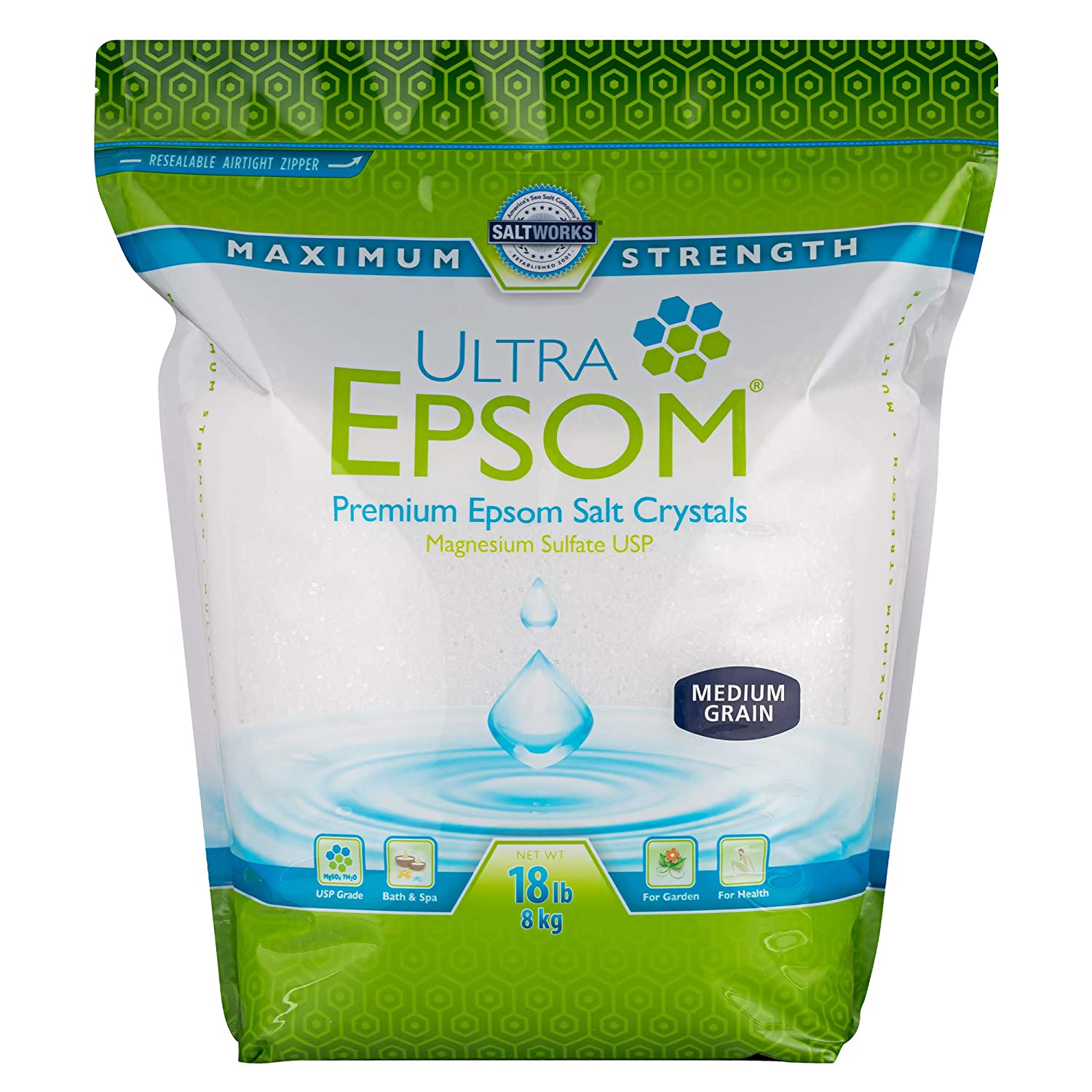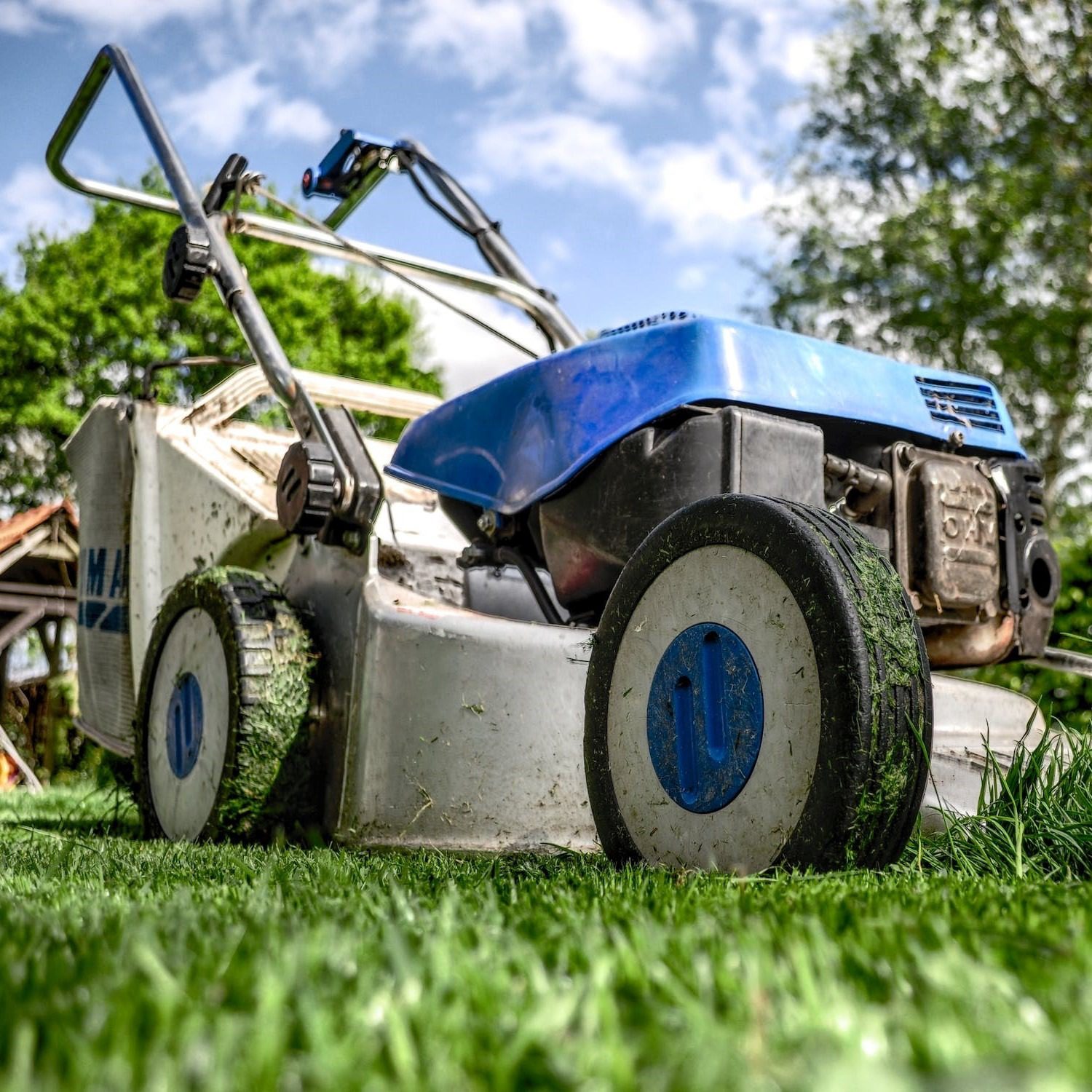Yearly Yard Tasks You Shouldn’t Forget About

Yearly Yard Tasks You Shouldn’t Forget About. Maintain a stunning yard year-round with tasks like inspecting structures, deep-cleaning furniture, and managing trees. Keep it beautiful, safe, and welcoming!







